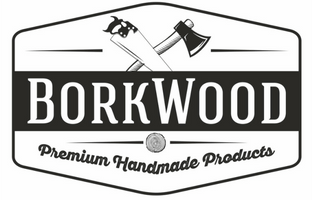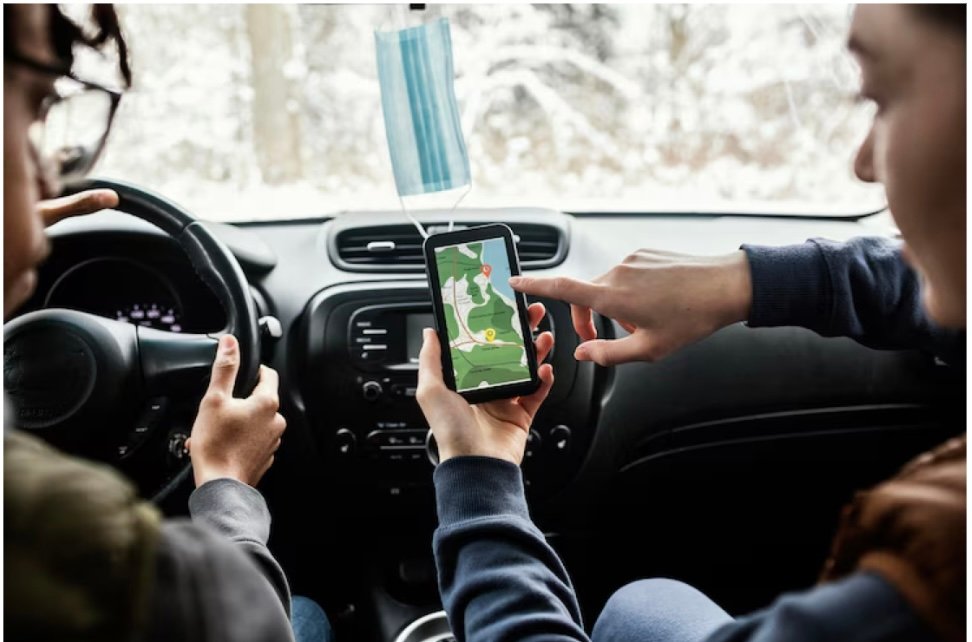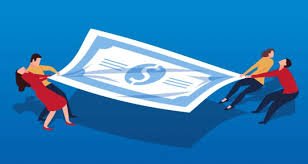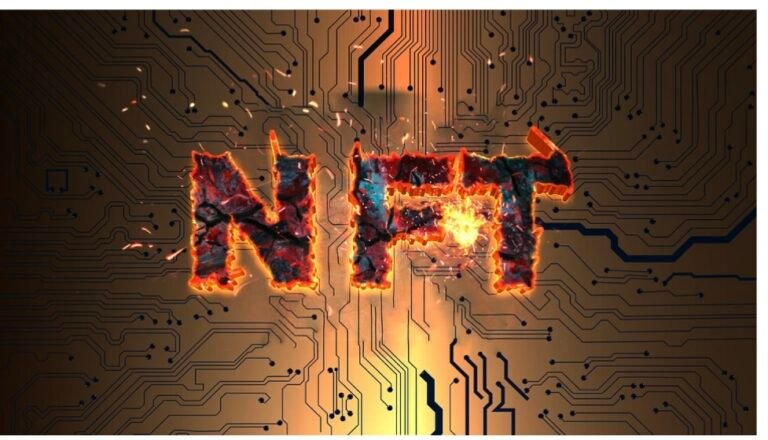8 Things You Should Do After a Ridesharing Accident
The popularity of ridesharing services has soared, with millions of Uber and Lyft rides happening daily. But what happens when your ride ends in a crash?
The steps you take immediately after a ridesharing accident can make or break your ability to recover compensation. Time is critical, and knowing exactly what to do can protect your rights and strengthen your case.
Here are 8 critical steps you should take after a ridesharing accident to protect yourself and your rights:
-
Ensure Safety
Your immediate safety trumps everything else. Check yourself for injuries before making any moves. If you’re able, help others in the vehicle and move to a safe location away from traffic.
Some of the most common injuries in a car accident include:
- Whiplash or neck injuries
- Back and spinal cord injuries
- Head injuries, including concussions
- Broken bones or fractures
- Soft tissue injuries bruises, sprains, strains
- Chest injuries, such as broken ribs or internal trauma
- Emotional trauma or PTSD
If you suspect serious injury, keep your seatbelt fastened. Sometimes, staying put is the safest choice until help arrives.
-
Contact the Police
Even if the crash seems minor, police documentation is crucial. Law enforcement reports become valuable evidence, often making the difference between a successful claim and a denied one.
Wait for officers to arrive and provide your statement. Remember to stick to facts rather than assumptions about what happened.
-
Gather Information
While waiting for the police, start collecting details. Your rideshare app shows your driver’s information, but you’ll need more. Get the driver’s license number, insurance information, and the names of any other drivers involved.
Look around are there witnesses? Their accounts could prove invaluable later.
One quick tip: take photos of insurance cards rather than writing everything down.Shock can affect your memory and focus. Therefore, having a clear photo of the accident scene ensures you don’t miss any important details later.
-
Document the Scene
Your smartphone camera becomes your most powerful tool. Photograph vehicle damage from multiple angles, skid marks, traffic signs, and road conditions.
Recent studies show that cases with photo documentation are 40% more likely to result in fair compensation.
Think of these photos as telling your story when you can’t be there to explain
-
Notify the Ridesharing Company
Both Uber and Lyft have in-app accident reporting features. Use them. This creates an official record of the incident and triggers the company’s insurance coverage protocols.
Save screenshots of your report and any responses. They might prove crucial later.
-
Seek Medical Attention
Never skip this step, even if you feel fine. Why? Because about 70% of accident injuries show delayed symptoms. That neck stiffness you dismiss today could become a serious problem tomorrow.
Adrenaline can also mask the pain by helping you temporarily feel alert and less sensitive to injuries. This “fight or flight” response can make it harder to recognize the severity of your injuries at the moment.
By getting checked out right away, you can catch any injuries early, even if you don’t feel hurt at the moment.
Moreover, medical documentation creates a clear link between the accident and your injuries, which insurance companies can’t easily dispute.
-
Preserve Evidence
Start a digital folder for everything related to your accident. Save screenshots of your ride details, medical records, and any communication with the rideshare company.
Track expenses, including medical bills and transportation costs.
You can also create a simple daily log describing how your injuries affect your life. This personal record often proves invaluable during settlement negotiations.
-
Consult a Personal Injury Lawyer
Accident victims who work with attorneys typically receive three times more compensation than those who don’t.
Why? Because rideshare accidents involve complex insurance coverage layers that most people find overwhelming to navigate alone.
A skilled attorney can:
- Navigate complex insurance policies to ensure all potential coverage sources are explored.
- Negotiate with insurance companies to maximize your settlement.
- Gather necessary evidence to build a strong case on your behalf.
- Advocate for your rights to ensure you receive fair compensation for medical bills, lost wages, and pain and suffering.
- Handle legal paperwork so you can focus on your recovery.
Why Your Next Steps After a Car Accident Matter
What you do in the hours and days following a rideshare accident can significantly impact your recovery – both physical and financial. Each step builds upon the previous one, creating a strong foundation for your claim.
Remember, insurance companies have teams of adjusters working to minimize payouts. Shouldn’t you have someone in your corner too?
If you need a Boston personal injury lawyer, DiBella Law Injury and Accident Lawyers is the best choice. They offer a free consultation and work on a contingency fee basis.
Who Is Responsible for a Ridesharing Accident?
Determining liability in rideshare accidents often involves multiple parties.
The rideshare driver might be responsible if their actions caused the accident. The ridesharing company could share liability if they failed to properly screen the driver or maintain safety standards.
Other drivers on the road might be at fault if their actions contributed to the crash.
Road conditions, defective vehicle parts, or other factors might also play a role in determining liability.
A skilled personal injury attorney can investigate these factors and help establish who’s responsible for your injuries. They’ll work to ensure all liable parties are held accountable and that you receive fair compensation for your injuries and losses.
Types of Damages You May Seek in a Rideshare Crash Lawsuit
If you’re injured in a rideshare accident, you may be entitled to different types of compensation, known as “damages.” These damages are:
- Medical Expenses: Past and future medical costs related to the accident.
- Lost Wages: Compensation for income lost due to injuries and inability to work.
- Pain and Suffering: Damages for physical pain, emotional distress, and mental anguish.
- Property Damage: Repair or replacement costs for your vehicle or other damaged property.
- Loss of Enjoyment of Life: Compensation for the diminished ability to enjoy activities and hobbies due to injuries.
- Punitive Damages: In cases of gross negligence or recklessness, punitive damages may be awarded to punish the at-fault party.
How to Settle a Ridesharing Crash Case
Settling a ridesharing accident case requires strategic planning and careful documentation.
First, gather all evidence including police reports, medical records, and witness statements. Take photos of your injuries and keep a detailed record of how they impact your daily life.
Don’t rush to accept the first settlement offer. Insurance companies typically start low, hoping you’ll settle quickly.
Instead, wait until you’ve reached maximum medical improvement to understand the full extent of your injuries and future medical needs.
An experienced personal injury lawyer can help you navigate complex insurance policies, handle negotiations, and ensure you receive fair compensation for medical bills, lost wages, and pain and suffering.
Remember, once you settle, you can’t ask for more compensation later. So make sure the settlement covers all your current and future needs.
Final Thoughts
Remember, the steps you take immediately after a ridesharing accident can make all the difference in your case. By following these eight crucial steps, you protect both your health and legal rights.
Don’t navigate this challenging situation alone. Seek experienced legal counsel to guide you through the process and fight for the compensation you deserve.







